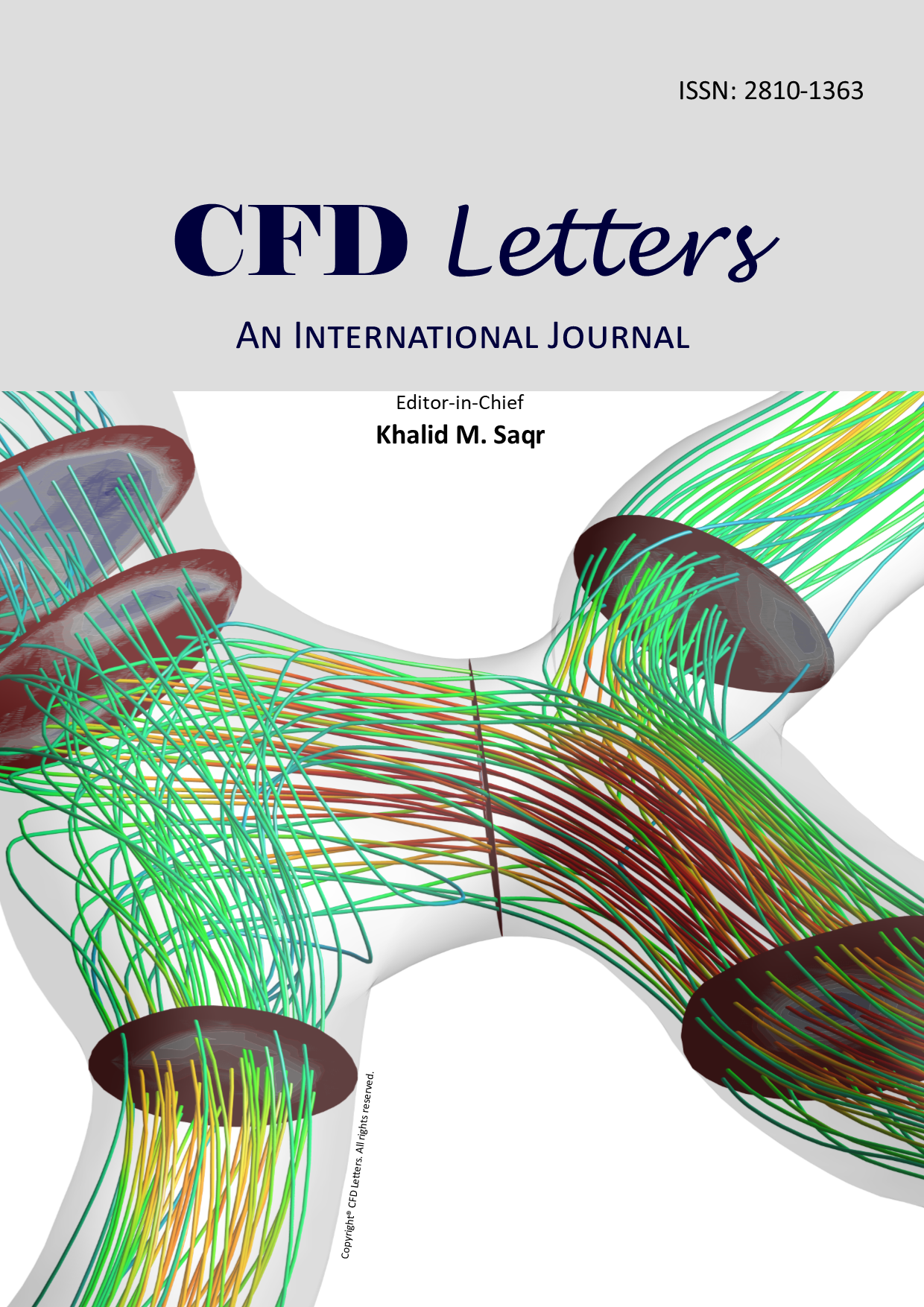Numerical Modelling for Natural Oil Convection of NonGuided Winding Cooling Arrangement
Keywords:
hot-spot temperature, natural oil convection, non-guided oil flow, CFD, conjugate heat transferAbstract
The hot-spot temperature is a key parameter in transformer loading management. It plays a significant role in evaluating transformer winding thermal performances, as well as in the determination of winding insulation’s loss of life. A simplified winding thermal model has been developed based on the presented methodology in favour to reduce real-world model complexity. A conjugate heat transfer has been approached to solve the cooling effects of natural oil convection. Results show a good agreement with only 3.1% percentage difference for the average winding temperature between the newly developed winding model and manufacturer factory-end test report. The plotted graphs of oil flow and thermal distributions showed a unique relation between localised hot-spot temperature and oil flow patterns. The hottest temperature and its location are well pronounced with the inclusion of eddy current loss distribution within winding height. The proposed methodology can be used to investigate the oil cooling scheme of transformer winding and allows the manufacturers to optimise their thermal design.













